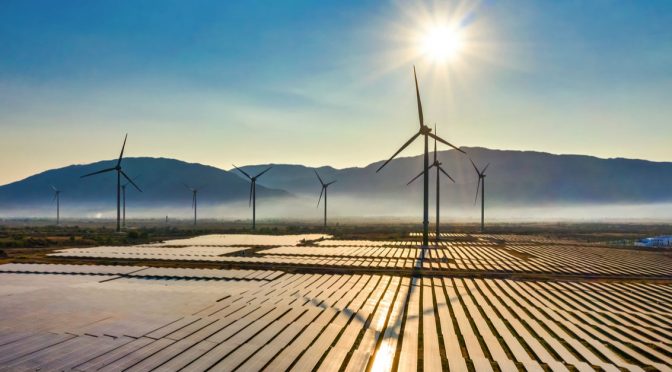Photovoltaics (PV) dominated as the main new source of power generation technology added to grids in dozens of countries ranging from Australia, India, Italy, Namibia, Uruguay and the United States in 2019. With a A record 118 gigawatts built, solar power surpassed all other technologies in terms of new construction and was the most popular technology deployed in a third of the nations, according to comprehensive and proprietary data compiled by research firm BloombergNEF (BNEF).
In total, 81 countries built at least 1 megawatt of solar power in the past year, and solar power accounted for nearly half of all new power generation capacity built worldwide.
Well! You have subscribed to notifications
The results are highlighted in BNEF’s new Power Transition Trends 2020 report and online tool, which tracks detailed generation and capacity data over the past decade. Both are based on country-level data compiled by BNEF analysts directly from primary country sources, current through 2019.
The report highlights the enormous strides that solar has made in a decade, increasing from just 43.7GW of total installed capacity in 2010 to 651GW at the end of 2019. Solar in 2019 surpassed wind (644GW) to become the fourth largest power source on a capacity basis, behind coal (2,089GW), gas (1,812GW) and hydro (1,160GW). There is now more wind and solar capacity online worldwide than the total capacity of all technologies, clean or dirty, in the US.
The sharp drops in the costs of solar equipment, namely modules that go on roofs and in large plants, have made this technology widely available for homes, businesses and networks, “said Luiza Demôro, analyst at BNEF and lead author of the study: “PV is now truly ubiquitous and a global phenomenon.”
On a generation basis, solar energy contributions are considerably lower due to lower PV production capacity compared to fossil fuels. In 2019, solar power accounted for 2.7% of electricity generated worldwide, BNEF found, up from 0.16% a decade ago. Considering the low cost of the technology and limited penetration into a generation base, BNEF expects the market to continue to grow, with 140-177GW of solar capacity added in 2022.
The data offers other important insights on how the world is generating electricity. From 2018 to 2019, the energy produced from coal fell 3% as the plants operated less frequently. This marked the first drop in coal generation since 2014-2015, and while the world has many more coal plants online today than a decade ago, those plants are operating less frequently. The average utilization rate in coal-fired power plants has fallen from 57% in 2010 to 50% in 2019. Still, the 9,200 terawatt-hours (TWh) produced from coal in 2019 has risen 17% since 2010 .
Global coal capacity increased 32% over the decade to reach 2.1TW in 2019. More than 113GW of net coal withdrawals in developed countries during the 2010s could not offset the flood of 691GW of net new coal in emerging markets . In 2019, the world saw 39GW of new installed net coal capacity, significantly higher since 2018 when 19GW of coal was completed.
“Richer countries are rapidly pulling out older and largely inefficient coal plants because they cannot compete with new gas or renewables projects,” said Ethan Zindler, head of America at BNEF. “However, in less developed countries, especially in South and Southeast Asia, new and more efficient coal plants are still in line, often with financial support from Chinese and Japanese lenders.”
The most recent power generation technology installed annually in 2010 vs. 2019
Other findings from the new data include:
Wind and solar power accounted for more than two-thirds of the 265GW of new installed capacity worldwide in 2019, up from less than a quarter of new build in 2010. For the first time, the two technologies also accounted for the majority of new. generation recorded in 2019. Including hydroelectric energy, renewable energies make up three-quarters of the capacity commissioned in 2019.
Wind and solar power construction was mostly concentrated in the wealthiest nations during the first half of the 2010s, but has changed recently. In a group that includes almost all OECD nations, wind and solar have accounted for the majority of new capacity built each year since 2011. Among a group of non-OECD countries plus Chile, Colombia, Mexico and Turkey , wind and solar have accounted for the majority of annual construction each year since 2016.
BNEF estimates that CO2 emissions from the global energy sector fell 1.5% from 2018-2019 as decreases in the US and the EU more than offset an increase from China, which accounted for 37% of the 2019 total. The US followed with 14% and the EU with 6%.
The Power Transition Trends 2020 report and tool are based on individually collected data from 138 nations through 2019. This covers every country with more than two million people.


